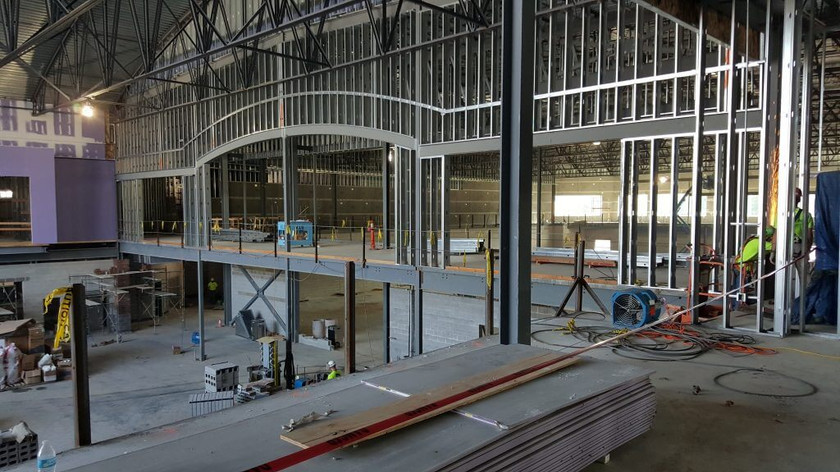Temporary Air-Conditioning vs Dehumidification for Construction: The Numbers
Posted by Matt Milos on May 3rd 2019
The single most important factor for success on the job site is whether or not you have a clear overall goal.
With a clear goal you can assess the project as a whole, and this kind of thinking benefits all parties, even it sometimes means making decisions that go against conventional thinking.
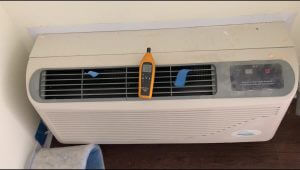
Some air-conditioning does remove moisture, but it may not fix moisture problems.
Take temporary air conditioning, for example.
One of the most common misconceptions about air conditioning units is that they double as dehumidification devices. While it is true that air conditioners are technically condenser units, the way in which they operate is less than optimum if controlling moisture on your site is the ultimate goal. Without getting Popular-Mechanics-level technical, let’s just take a look at a numerical comparison.
The rule of thumb for air conditioning is 1 ton for every 500-600 square feet of space.
The average 3,000 square foot home in America will has a 5-6 ton air conditioning unit in service. These calculations, however, assume that the building is both enclosed and controlled. Job sites seldom reach this level until the last stretch of work. Constant traffic in and out, temporary enclosures, and the ongoing installation of permanent doors and windows often mean less than ideal control situations.
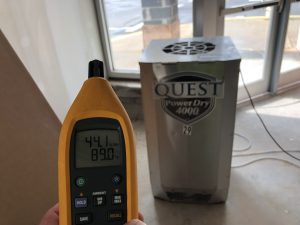
Only dehumidifiers can guarantee humidity levels ideal for construction.
Refrigerant dehumidifiers, on the other hand are designed with a completely different purpose in mind.
They exist solely to remove water vapor from the air in order to effectively maintain conditions conducive for the construction cycle. But I promised you numbers! Here is a comparison between two of our most popular portable options in each category. The goal in this example is to effectively treat a 4,000 square foot area that has a 12’ ceiling height with the appropriate amount of equipment to be effective:
Air-Conditioning with Qwikool KIB 1.1 Ton Units
Units Required :6
Electricity Required: 6 - 12amp 110v circuits
Will remove about 6 gallons of moisture a day (approximately one gallon each)
Benefit: Controls temperature, but not very effective at controlling moisture
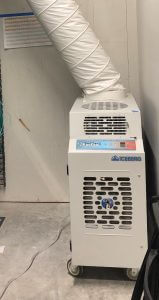
The Quikool KIB 1.1 Ton Unit.
Dehumidification with PowerDry4000
Units Required :1
Electricity Required: 1 - 10amp 110v circuits
Will remove about 25-30 gallons of moisture a day
Benefit: Very effective at controlling moisture. Depending on size may actual slightly increase temperature.
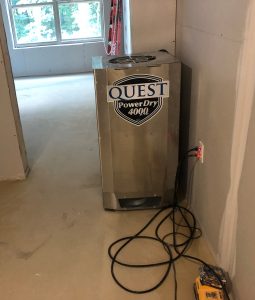
The PowerDry 4000
Numerically then, it is pretty easy to see that, if the goal is to remove moisture, dehumidification is the answer.
Ultimately your goal will determine what equipment you need to use but that is a subject for another day.

